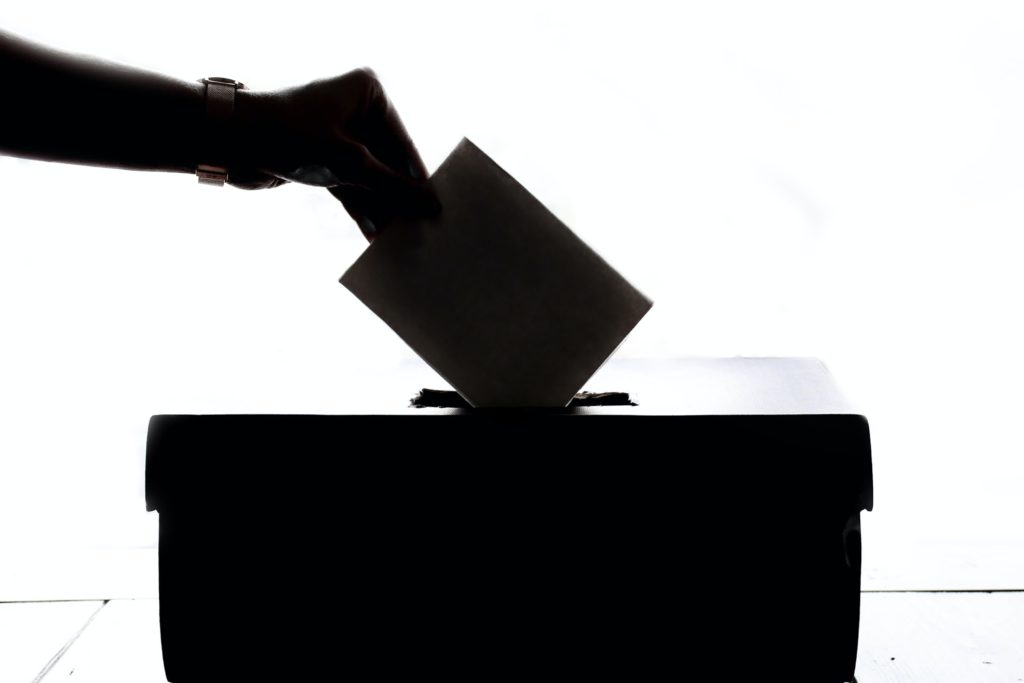
Voter Suppression 101
video
Common Cause‘s Sylvia Albert and Jesse Littlewood give ElectionSOS an overview of the latest tactics of voter suppression and how to cover them responsibly.
Key Takeaways:
- Voter suppression in the U.S. has a long history, from poll taxes and literacy tests in the post-reconstruction South to consolidation and closures of polling places and other changes to voting rules in the current climate particularly following the Shelby County v. Holder landmark Supreme Court decision in 2013.
- There are 4 major categories of voter suppression online:
- Mis- and disinformation about time, place, and manner of elections (deceptive practices)
- Can be intentional disinformation or unintentional misinformation
- Currently amplified by COVID-19, since there are rapid changes to elections policies and procedures
- False narratives and conspiracy theories
- Can result from misplaced emphasis from outlets presenting individual instances of irregularities as vast efforts of voter suppression or widespread voter fraud
- Efforts to depress turnout (boycott the vote campaigns, etc.)
- These can be intentional by convincing people that their vote doesn’t matter or unintentional.
- Intimidation of elections officials
- See more ElectionSOS trainings on how to detect and deal with online harassment!
- Mis- and disinformation about time, place, and manner of elections (deceptive practices)
- Journalists should be careful when reporting on voter suppression so as not to unintentionally further suppress the vote:
- Do not report on likely clerical errors as though they are intentional efforts to suppress the vote. Give elections offices time to fix those errors.
- Consistently highlight true information, rather than repeating mis- or disinformation in an article (even if the point of the article is to dispel those claims)
- Bolster public confidence in the integrity and functionality of our elections system, rather than focusing solely on places where it breaks down.
Next Steps:
